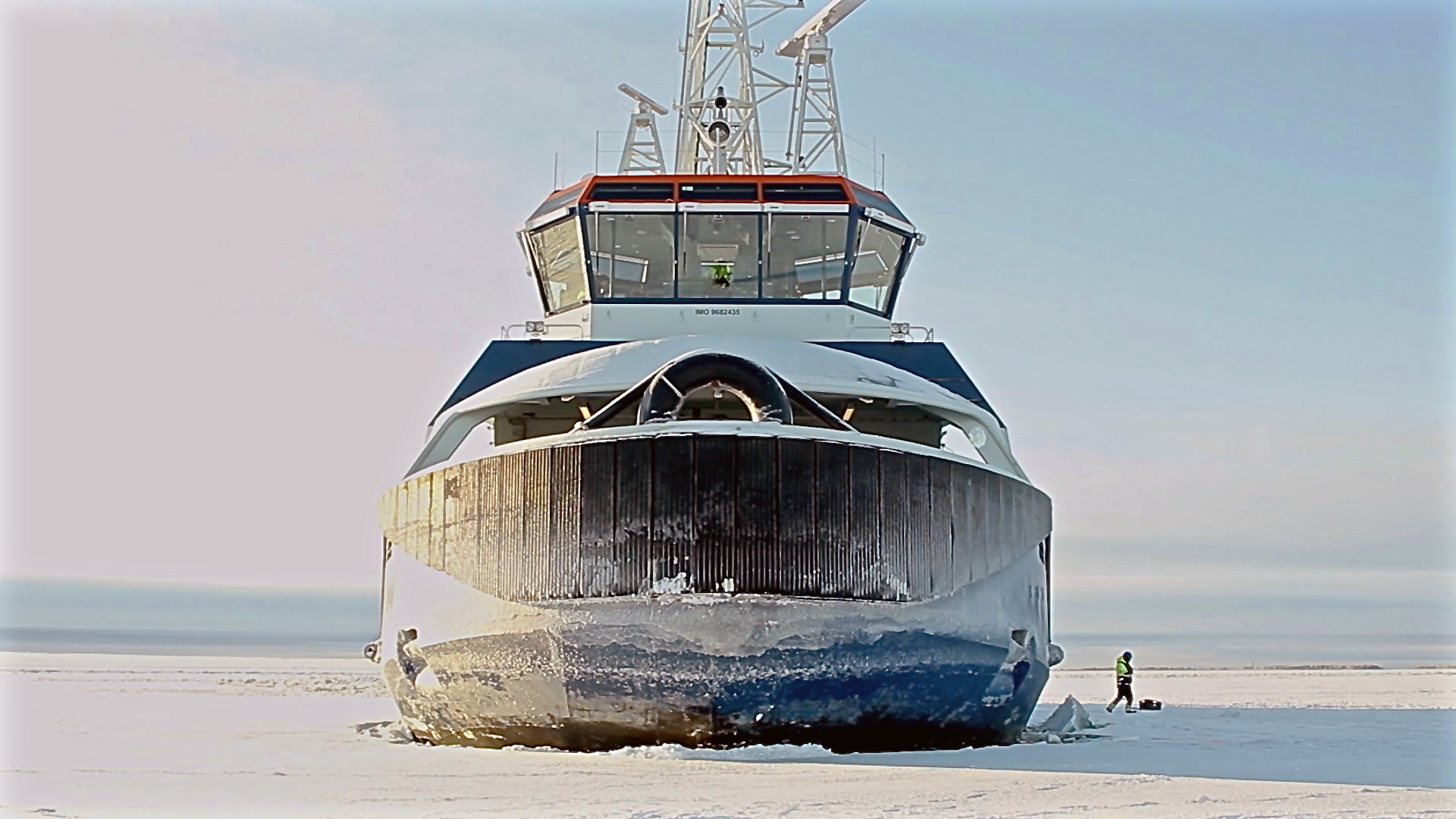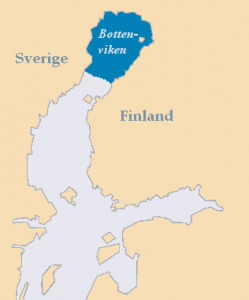Cold winter brings out Finland’s icebreakers ahead of schedule

Months of bone-chilling temperatures have turned much of the Bay of Bothnia into thick slabs of ice. Finnish icebreaker Sisu is now headed toward the region, and according to the ship’s chief officer Patrik Barck, it seems like there will be a lot of ice to deal with this winter.
Sisu is the fifth icebreaker sent out so far this season, which is early compared to last year, when the fifth icebreaker was deployed some two weeks later on 10 February.
In 2017, ice levels on most of Finland’s seas were very low, as well.
Yle caught up with Barck as he and the large icebreaker assisted a cargo ship navigate through the icy waters of Inkoo on the south coast on Sunday.
“The ice arrived early this year. We’re about two weeks ahead of schedule,” Barck said.
Sisu is headed north to the Bay of Bothnia where the ice is increasingly building up.
On Monday evening, the beige and black icebreaker was scheduled to begin assisting vessels to port and carving out paths in frozen waters off the coasts of Jakobstad (Finnish name Pietarsaari) and Kokkola.
Entire bay likely to freeze over

“The ice is increasing all the time and we expect that all of the Bay will be covered in ice this year,” he said.
At the moment, however, the situation is fairly calm. Usually there’s more ice on the Finnish side of the Bay, but this winter winds from the east have led to increased accumulation of ice on the Swedish side.
Wind poses the biggest challenge to icebreakers like Sisu. On the Finnish side of the Bothnian Bay the thickness of the ice rarely grows more than a meter deep, but if it’s very windy, the ice can build up significantly.
“Those ice walls can grow to be 10 metres or up to 20 metres of thick ice. That [kind of situation] always causes problems to assist boats,” Barck said.
In ideal weather conditions around seven or eight ships can be escorted through the freezing waters by icebreakers, but Barck said that winter storms have become increasingly common in recent years.
“That means more work for us. The ships are unable to move [in poor conditions] using their own engines, so we have to tow them through the ice walls,” he said.
The next land call Sisu is scheduled to make is in about a week, on 4 February, in order to change crew and load up supplies. But it will be a good while before the icebreaker returns to its home harbour in Helsinki.
“I reckon we’ll head back south after 1 May. Normally the first icebreakers head north in November and December and the last ones return in May or June,” Barck said.
Related stories from around the North:
Canada: Canada ill-prepared for Arctic shipping boom, G7 sustainability summit hears, Eye on the Arctic
Finland: Arctic Finland: Coldest weekend so far this winter, Yle News
Norway: December sea ice levels in Arctic Europe at record low, The Independent Barents Observer
Russia: New icebreaking tankers sailing through Russia’s thick Arctic ice, The Independent Barents Observer
Sweden: Swedish icebreaker reaches North Pole for climate study, Radio Sweden
United States: U.S. Congress authorizes six icebreakers in Pentagon bill, Alaska Public Media



